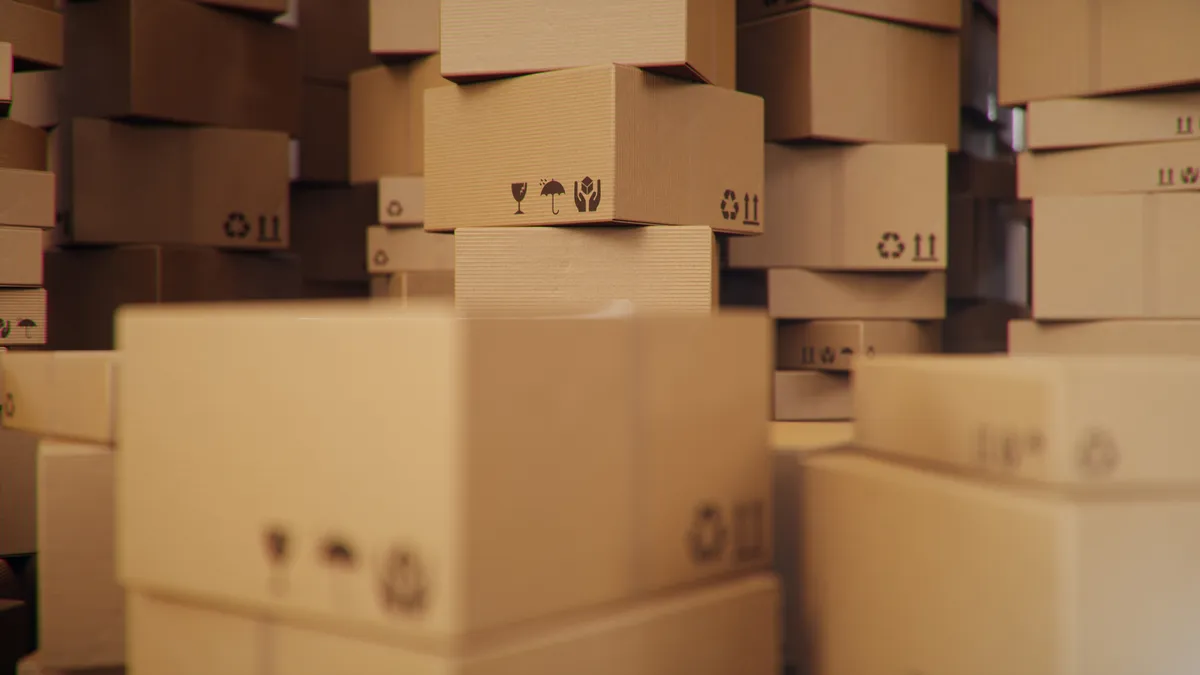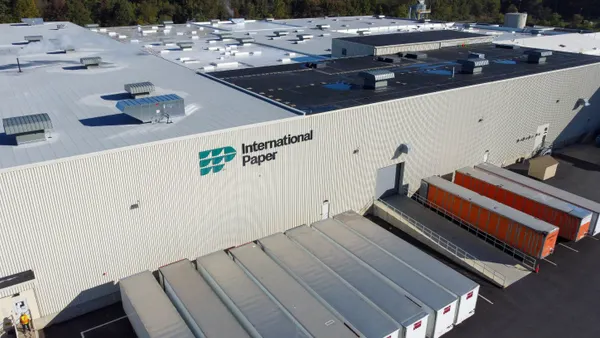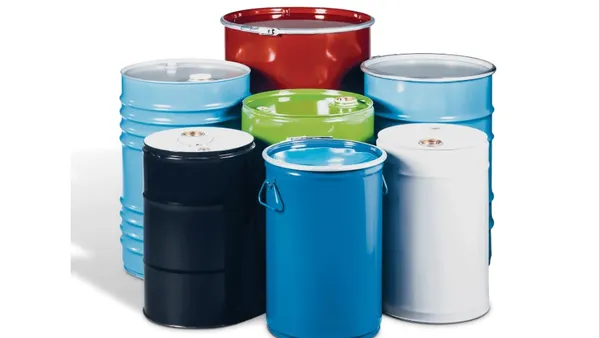Packaging manufacturers continue to prognosticate about when the impacts of customer destocking will subside, after effects have lingered longer than some expected.
After heavier buying during the pandemic, many customers have bought less packaging, like boxes, to draw down their existing inventories.
“I think what has been very illuminating for us is that we had massive demand during the Covid period — we have never seen such significant growth in our business across the world. In a sense, this year it has really reversed,” said Tony Smurfit, CEO of Smurfit Kappa Group, in an interview Friday with CNN, citing a consumer shift from spending on durables to categories like travel. “There’s been a tremendous shift in spending patterns over the last three years,” Smurfit said.
Inflation has also shifted spending dynamics. Whether in the U.S. or Europe, consumers’ spending power has weakened, leading to a “trade-down” in some cases to less expensive consumables, some canned food manufacturers noted.
Amid these market changes, numerous companies — including SEE, WestRock and Berry — announced updates on restructuring programs or processes to “optimize” or “rationalize” their footprints.
Below are some packaging executives’ commentaries during Q2 earnings calls regarding recent business impacts from destocking and expectations for how inventory issues will progress later this year.
Fiber-based packaging: executive commentary
| Company | Recent impacts | Outlook |
|---|---|---|
| Graphic Packaging | Net organic sales in the first half of 2023 were -2% YOY, attributed to destocking | Expect retailer destocking to be relatively short term and inventory normalization to occur, with a return to organic sales growth in Q4 |
| International Paper | Underlying demand for products improved through Q2, but remain constrained by destocking; U.S. box shipments were -8.3% YOY | Destocking lasting longer than initially expected due to limited visibility of excess inventories built up across supply chain during pandemic; customer feedback suggests destocking is finally coming to a close |
| Packaging Corp. of America | Inventory destocking in boxes and customers’ products continued to varying degrees across customer bases; some improvement vs. Q1, with Q2 shipments +3% sequentially | A lot of customers now say destocking is over for their products; expect more predictability going forward relative to volume |
| WestRock | Volumes in global paper business continue to be affected by higher inventory throughout supply chain; WestRock prioritizing margin over volume in this environment | Domestically, the destocking process is progressing and customers talk about the second half of 2023 with more optimism; volumes are expected to sequentially improve |
Metal, glass or plastic packaging: executive commentary
| Company | Recent impacts | Outlook |
|---|---|---|
| Ball Corp. | One customer in the mass beer space has “more filled goods right now than the others” | The company says overall inventory levels are in “good shape” |
| Berry Global | Volumes were -7% in the recent quarter, partly attributed to destocking | Destocking is expected to last through fiscal Q4 and potentially into fiscal Q1 |
| Crown Holdings | Regarding Crown’s own raw and finished beverage inventories, the company has mitigated the inventory carrying risk it experienced in the second half of 2022 | The company sees no inventory issue at the customer level in North America |
| Silgan | Inventories for products that surged during COVID, like surface cleaners and sanitizers, have normalized | COVID-related destocking is complete, but companies have begun new inventory management initiatives for the second half of 2023, overshadowing growth |
| Sonoco | The consumer metal and global industrials businesses were most impacted by customer inventory management and destocking programs | Expected destocking to be farther along, but not seeing that in the second half of 2023; anticipate metal volumes will improve sequentially in Q3 but will be below original expectations due to destocking |











